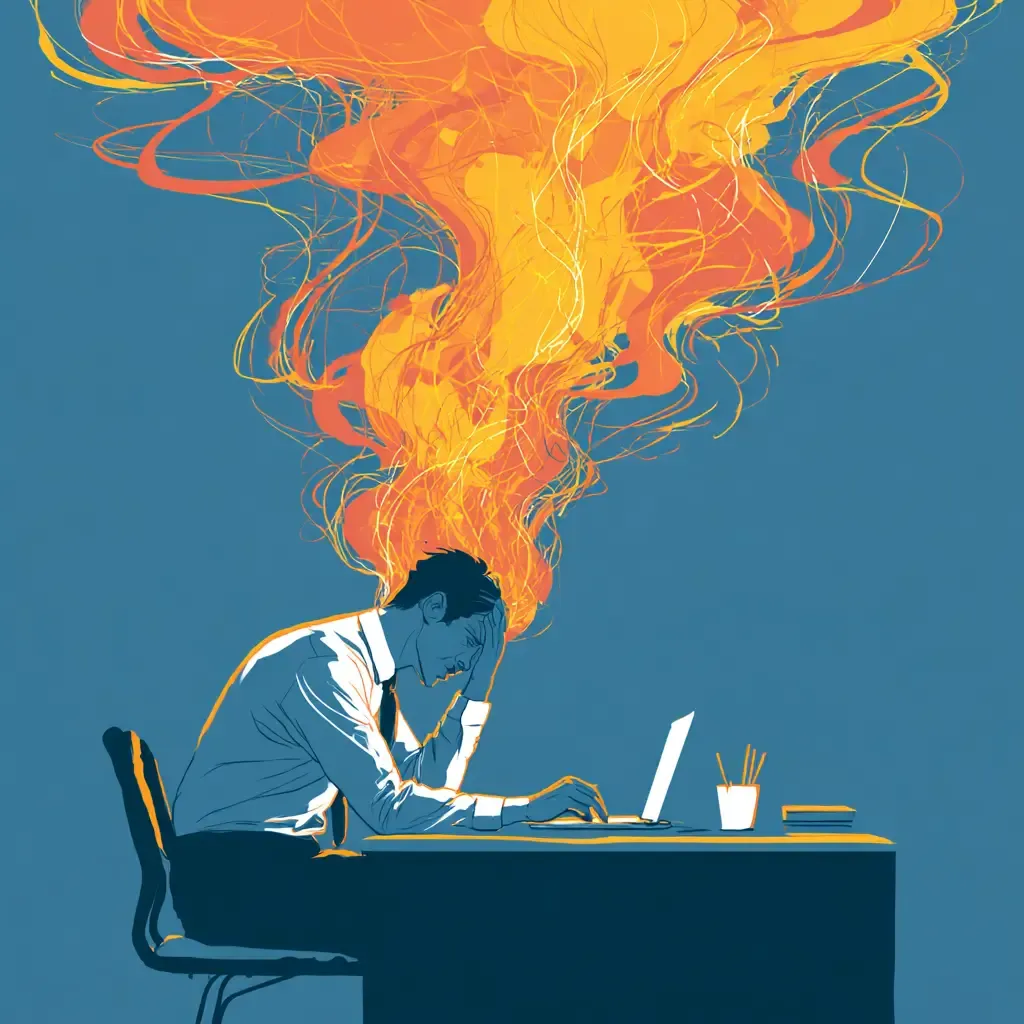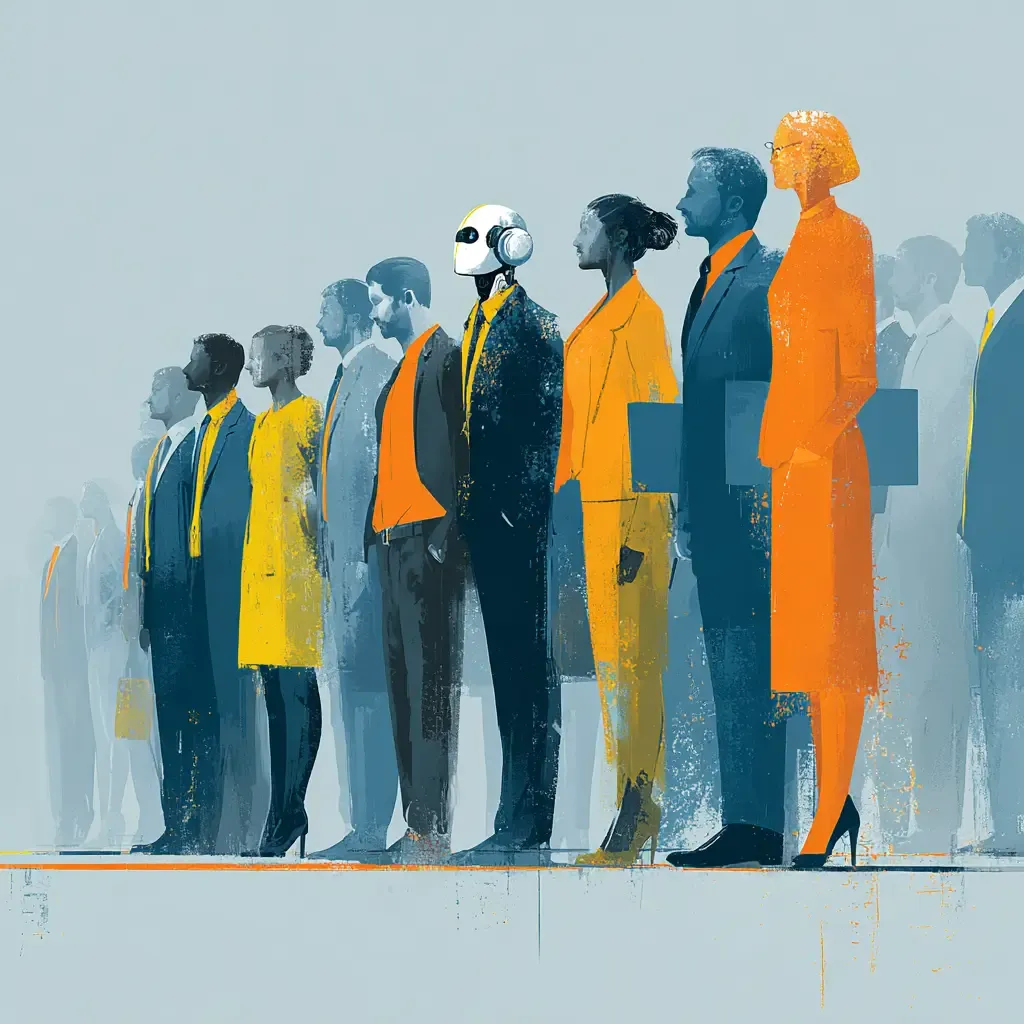Recognition Delayed, Loyalty Denied
TL;DR: Recognition is losing ground—weekly praise from managers dropped from 29% to 19%. When acknowledgment is delayed or absent, trust erodes, turnover rises, and change adoption slows. Loyalty isn’t built on perks; it’s built on timely “thank-yous” that show people their work matters.
1. The Drop-Off That Matters
Recognition has always been one of the simplest ways to build trust and loyalty. Yet a recent report shows a sharp decline: weekly recognition from managers has slipped from 29% to just 19%. That’s not background noise — it’s a signal of cultural erosion. At the very moment organizations are leaning harder on lean teams, the basic fuel of acknowledgment is drying up.
2. Why Timing Is Everything
Recognition works like feedback: its power is in its proximity. Praise delivered in the moment reinforces behavior, speeds adoption, and strengthens relationships. Wait too long, and the effect fades. Employees begin to interpret silence not as oversight but as indifference. A “thank you” tucked into a quarterly review feels perfunctory, not personal.
3. The Trust and Turnover Equation
When recognition dwindles, so does trust. Employees wonder if their contributions matter, if leadership notices, or if loyalty is a one-way street. The data ties directly to outcomes: lower recognition frequency correlates with higher turnover and weaker discretionary effort. People stop going the extra mile when they feel invisible.
4. The Resilience Trap
Some leaders defend the decline by pointing to resilience: “Our teams are tough. They don’t need constant praise.” But resilience isn’t a substitute for recognition. Weaponizing it sends the wrong message: that effort is expected but acknowledgment is optional. Over time, that breeds cynicism rather than commitment.
5. Implications for Change Work
For change practitioners, this isn’t just an HR issue — it’s a risk to transformation itself. Every adoption curve relies on reinforcement. When managers stop offering recognition in real time, behavior change stalls. The “soft stuff” shows up in hard outcomes: slower uptake, missed milestones, higher attrition in critical roles.
6. What Practitioners Can Do
- Map the Moments: Audit how often teams receive recognition. Look for gaps across functions and levels.
- Coach Managers: Provide practical scripts and rituals for in-the-moment acknowledgment.
- Connect the Dots: Show leaders the link between recognition and business outcomes like retention and adoption speed.
- Model the Behavior: As practitioners, demonstrate what timely recognition looks like in your own interactions.
Final Thought
Change lives in the micro-moments: a leader noticing effort, a manager saying thanks, a peer acknowledging progress. When those moments shrink, loyalty shrinks with them. Recognition isn’t ornamental — it’s structural. And in a world where every organization is asking for more, the ones that will keep their people are those who never wait to say thank you.
ChangeGuild: Power to the Practitioner™
Frequently Asked Questions
Why does delayed recognition hurt workplace loyalty?
Recognition works best when it is timely. Praise delivered close to the behavior reinforces effort, strengthens trust, and improves engagement. When recognition is delayed or absent, employees often interpret silence as indifference, which erodes loyalty.
What does the recent recognition report show?
According to the Achievers Workforce Institute’s 2025 State of Recognition Report, weekly recognition from managers fell from 29% to 19%. The shift signals that acknowledgment is happening less frequently and later, undermining trust and fueling higher turnover.
How does recognition affect change management?
Recognition is one of the fastest ways to reinforce new behaviors. In change management, immediate acknowledgment accelerates adoption, while delayed or missing recognition slows transformation and increases resistance.
What can practitioners do to improve recognition?
Practitioners can audit recognition loops, coach managers on simple acknowledgment rituals, connect recognition frequency to business outcomes, and model timely recognition themselves. These actions help rebuild trust and strengthen workplace loyalty.
Read More About It

Here are 8 standout findings from the 2025 State of Recognition Report:
- Recognition is fading fast — Weekly recognition fell from 29% to just 19%, with more employees waiting longer to feel valued.
- Manager recognition is critical — Employees recognized by managers are dramatically more likely to trust them and recommend their company, making manager-led recognition a cornerstone of engagement.
- Recognition fuels belonging — Weekly recognition makes employees nine times more likely to feel a strong sense of belonging, while even monthly recognition creates a powerful boost.
- Clarity in chaos — During times of change, employees recognized weekly are much more likely to feel informed and aligned, especially when recognition comes from managers.
- The productivity payoff — Employees recognized weekly are more than twice as likely to report peak productivity, with manager recognition delivering the biggest lift.
- Retention strategy — Employees who feel meaningfully recognized are far more likely to see a long-term future at their company, and recognition from managers multiplies that effect.
- Peers vs. managers — Peer recognition builds culture, but manager recognition drives deeper commitment, productivity, and loyalty, proving both are needed but managers carry more weight.
- Recognition beats rewards — While points and perks motivate, nearly half of employees say the most meaningful recognition is specific and personal — with no reward attached.
Recognition Is Culture
When recognition slips, trust and loyalty follow. The drop from 29% to 19% weekly praise isn’t just a stat—it’s a warning sign for practitioners. At ChangeGuild, we break down signals like this into tools you can use to lead change with confidence.
This post is free, and if it supported your work, feel free to support mine. Every bit helps keep the ideas flowing—and the practitioners powered. [Support the Work]








